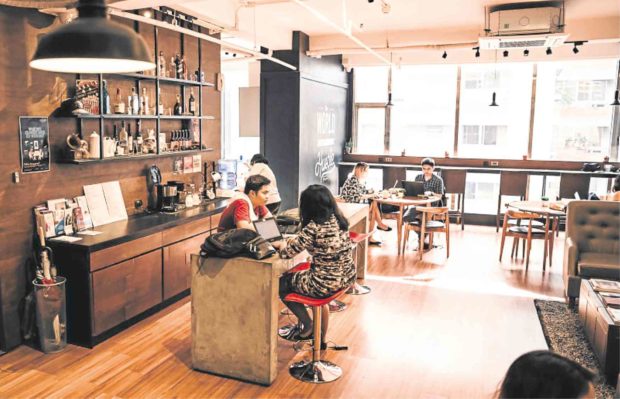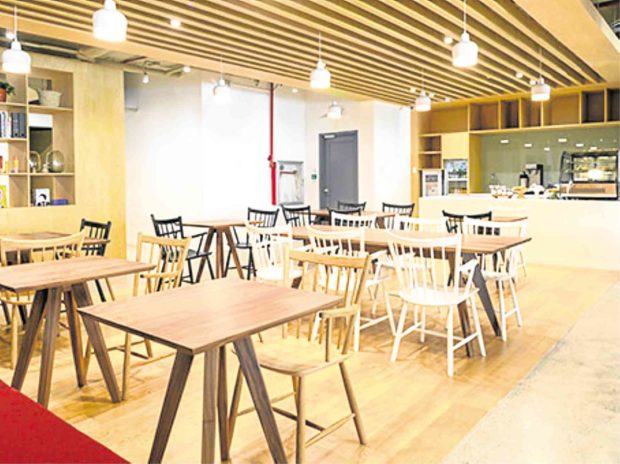More recently, co-living spaces are starting to emerge in the property market. An offshoot of workers’ dormitories and hostels that offer convenient and affordable in-city accommodation, the concept of co-living is essentially the same as that of co-working: shared space with a dash of community and collaboration. The lure of the metropolis, which attracts young professionals from all over the country to work in the big city has driven the demand for affordable accommodations. Dormitories, apartments and shared flats have been the alternatives for some time now. But with the growing upward mobility of young professionals, options that are more appropriate to their lifestyle are needed.
Unlike traditional dorms, the true concept of co-living is more deliberate in encouraging interaction among residents by bringing together like-minded, young urban professionals with shared interests under one roof where they can share basic facilities such as kitchens and living spaces and also amenities such as gyms, reading rooms or entertainment areas. Residents sometimes are also co-workers, and in some countries co-living facilities are rented by corporations to house their staff. Similar to co-working spaces, the concept offers more than just affordability and convenience. The appeal of co-living spaces is in the opportunities it offers to connect individuals and form de-facto families and communities under a cooperative environment.
I have seen the future economy, and it is shared
While co-working and co-living might seem like passing fads at first blush, they are actually manifestations of a more global economic trend that has been disrupting traditional businesses for many years now. From a larger perspective, co-working and co-living spaces are part of alternative modes of consumption known as the shared economy where assets, resources, capacity, space, skills, funds or service are more optimally used across multiple users by matching supply and demand in real time and in smaller time increments, usually through the use of technology. Ride-sharing such as Uber and Grab, bike sharing, co-working and co-living spaces enable the use of physical assets on demand, offering the same level of convenience without the burden or cost of ownership. Products of the shared economy are all packaged in small units that capitalize on convenience and affordability. Need quick motorized transport to travel 5 blocks? Book a ride with Angkas, or if abroad, rent an electric scooter using Lime. Need air transport to avoid traffic traveling to the next city? You can use AirTaxi or UberChopper. Want to live in a vineyard on your next visit to Napa Valley? You can book a large house beside a winery using AirBnB.


The social aspects of shared spaces
Some have said that the irony of globalization, urbanization and connectivity through technology is the increased isolation it creates. Paradoxically, amid rapid growth, society now operates in smaller and smaller increments and higher degrees of specialization whether in terms of time, space or physical size. An increasing number of residents in the city are individuals whose families are in the province or the outskirts of the metropolis. With commute times and costs being a burden in the metropolis, many young workers seek safe, pleasant and affordable accommodation in the city on the weekdays. Similarly, the increasing number of small firms point to a demand for compact and flexible workspaces that offer affordability and convenience without compromising prestige and address.
Joel Luna is the founder and principal of JLPD, a masterplanning and architectural design firm which he started in 2017. His firm holds office in Clock-In Ayala Triangle, a co-working space run by Ayala Land Inc., where his small team of 9 people (shared with Archiglobal Inc) enjoy its unique vibe. JLPD has been in Clock-In since its founding and hopes to continue to grow there.


